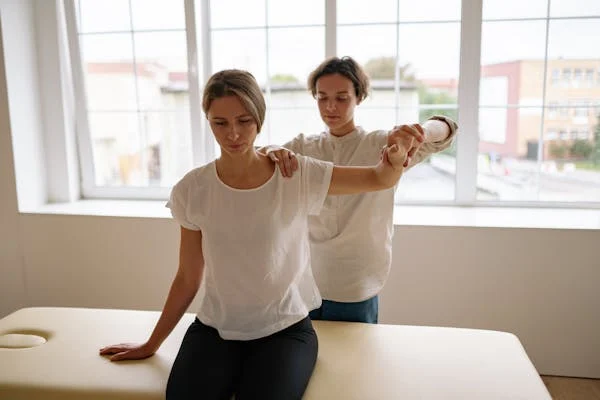Movement disorders can affect an individual’s ability to control voluntary or involuntary movement, significantly influencing daily life. These conditions encompass a variety of challenges and may require a comprehensive plan to address symptoms and improve quality of life. Understanding the basics of movement disorders, available treatment options, and potential lifestyle adjustments may help individuals take a proactive approach.
What Are Movement Disorders?
Movement disorders broadly refer to neurological conditions that disrupt normal movement. These can result in excessive or reduced voluntary movements, often interfering with daily activities like walking, writing, or eating. They may emerge from any damage or malfunction in the central nervous system.
Symptoms of movement disorders can vary widely depending on the type and severity of the condition. For some, symptoms might include subtle tremors or muscle stiffness. Others may experience involuntary jerking or difficulty initiating movement.
What Are Some Types of Movement Disorders?
- Tremor: This is an involuntary shaking of the hands, arms, or other parts of the body and is often associated with conditions like Parkinson’s disease.
- Dystonia: This condition results in muscle contractions that cause abnormal postures or repetitive movements.
- Parkinson’s Disease: A progressive disorder that impacts coordination, balance, and movement, often causing tremors and stiffness.
- Restless Leg Syndrome (RLS): This condition creates painful sensations in the legs, often leading to an irresistible urge to move them.
- Tics: These are sudden, repetitive movements or sounds that are often seen in conditions such as Tourette’s syndrome.
What Lifestyle Adjustments Can You Make?
Making small adjustments to daily life can complement treatment plans and make managing these disorders easier. Regular exercise, such as walking, swimming, or yoga, may improve flexibility, muscle strength, and mood while reducing stiffness. Exercise and physical therapy also help improve balance.
Assistive devices, like canes, walkers, adaptive utensils, shower chairs, shoehorns, and wheelchairs, can help people with movement conditions in their day-to-day activities. Taking control of mental health with techniques like meditation, deep breathing, or relaxation exercises may reduce symptoms. Gradual changes, combined with support from caregivers, family, or healthcare providers, may make these adjustments more effective and sustainable.
What Treatment Options Are There?
Treatment for movement disorders often involves a combination of medical interventions and therapies tailored to the individual. Healthcare providers aim to minimize symptoms and improve quality of life. Consulting with a healthcare professional is the first step in determining the most effective course of action.
- Oral Medications: Depending on the specific condition, pharmaceuticals may be prescribed to address muscle stiffness, tremors, or other symptoms.
- Physical and Occupational Therapy: Physical therapists can design exercise plans to improve mobility and coordination, while occupational therapists can provide tools and strategies to make daily tasks easier.
- Intravenous Infusions: For those requiring targeted treatments, intravenous infusions can deliver nutrients or medications directly into the bloodstream.
Seek Help Today
Living with a movement disorder may pose unique challenges, but it is possible to take steps toward a higher quality of life. From learning about the condition to exploring tailored treatment options, patients can find ways to manage symptoms and regain control. If you or a family member is living with a movement disorder, reaching out to a specialist may provide a path forward.
